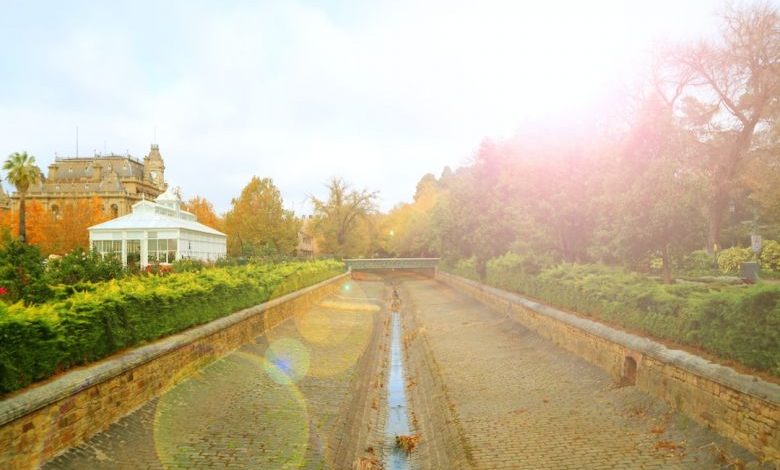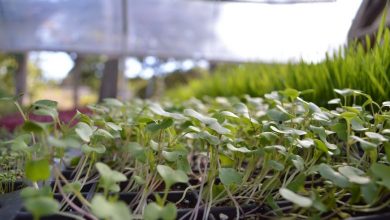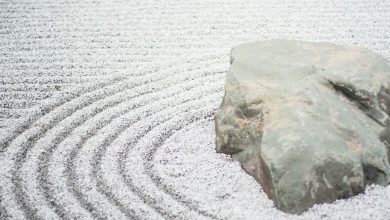How to Create a Proper Drainage System in My Garden?

A well-designed drainage system in your garden is essential to prevent waterlogging, soil erosion, and the growth of mold and mildew. By implementing a proper drainage system, you can ensure that your plants thrive and your garden remains healthy. In this article, we will explore effective methods to create a proper drainage system in your garden.
Understanding the Importance of Drainage
Before we delve into the specifics of creating a drainage system, it is important to understand why it is necessary. Excess water can lead to stagnant pools, which can drown plant roots and cause them to rot. Furthermore, waterlogged soil can become compacted, making it difficult for plants to absorb nutrients. By implementing a drainage system, you can prevent these issues and maintain optimal conditions for plant growth.
Assessing Your Garden’s Topography
The first step in creating a proper drainage system is to assess the topography of your garden. Observe how water flows during rainfall and identify any areas where water tends to accumulate. This will help you determine the best locations to install drainage components.
Installing French Drains
French drains are one of the most effective methods of directing water away from your garden. They consist of a perforated pipe surrounded by gravel or crushed stone. To install a French drain, dig a trench along the desired path and line it with landscape fabric to prevent soil from clogging the drain. Place the perforated pipe in the trench, ensuring it has a slight slope towards the desired outlet. Fill the trench with gravel or crushed stone, and cover it with soil. This will allow water to seep into the pipe and be redirected away from your garden.
Creating Swales
Swales are shallow ditches designed to redirect water flow. They are particularly useful for gardens with uneven terrain. To create a swale, dig a shallow trench along the slope of your garden, ensuring that it has a gentle gradient. This will allow water to flow naturally and be absorbed by the soil. Planting grass or other vegetation along the swale can further enhance its effectiveness by absorbing excess water.
Installing Rain Gardens
Rain gardens are aesthetically pleasing and environmentally friendly solutions for managing excess water. They are designed to collect and absorb rainfall, preventing runoff and allowing water to naturally infiltrate the soil. To create a rain garden, choose a low-lying area in your garden and dig a shallow depression. Fill it with a mix of native plants and a well-draining soil mixture. These plants will help absorb excess water and filter out pollutants, creating a self-sustaining ecosystem within your garden.
Using Permeable Paving
If you have paved areas in your garden, such as pathways or patios, consider using permeable paving materials. Permeable paving allows water to pass through, reducing the risk of water accumulation. Materials such as permeable concrete, porous asphalt, or gravel can be used to create a visually appealing and functional surface. Additionally, permeable paving helps to recharge groundwater, reducing the strain on municipal drainage systems.
Regular Maintenance
Once you have implemented a proper drainage system, regular maintenance is essential to ensure its effectiveness. Clear any debris or leaves that may obstruct the drains or swales. Inspect the system after heavy rainfall to identify any areas that may require adjustment or improvement. By staying proactive, you can prevent potential issues and maintain a healthy drainage system in your garden.
In conclusion, creating a proper drainage system in your garden is vital for maintaining optimal growing conditions and preventing water-related problems. By assessing your garden’s topography, installing French drains, creating swales and rain gardens, using permeable paving, and performing regular maintenance, you can ensure that your garden remains healthy and thriving. Implementing these methods will not only benefit your plants but also contribute to a sustainable and eco-friendly garden environment.




